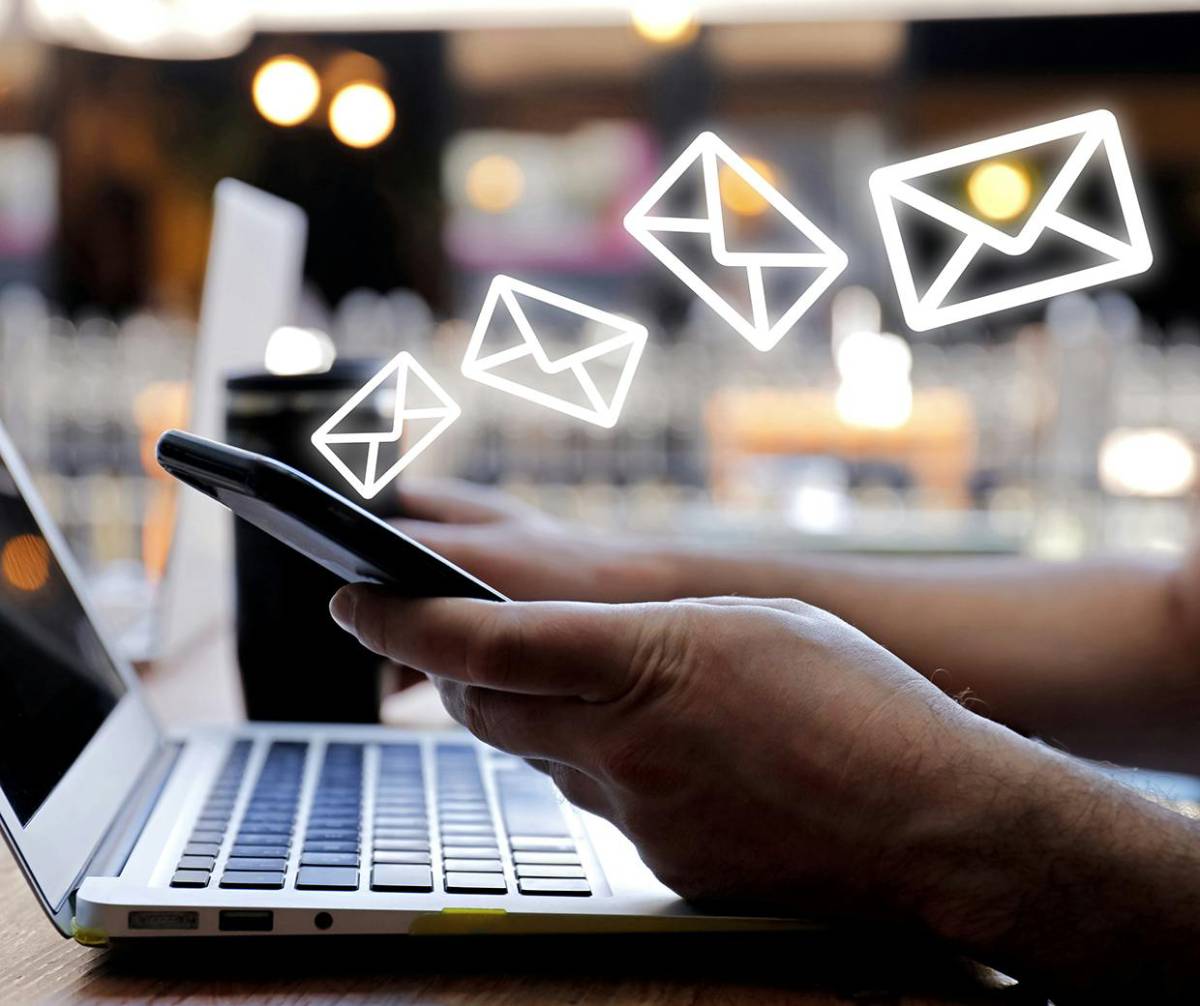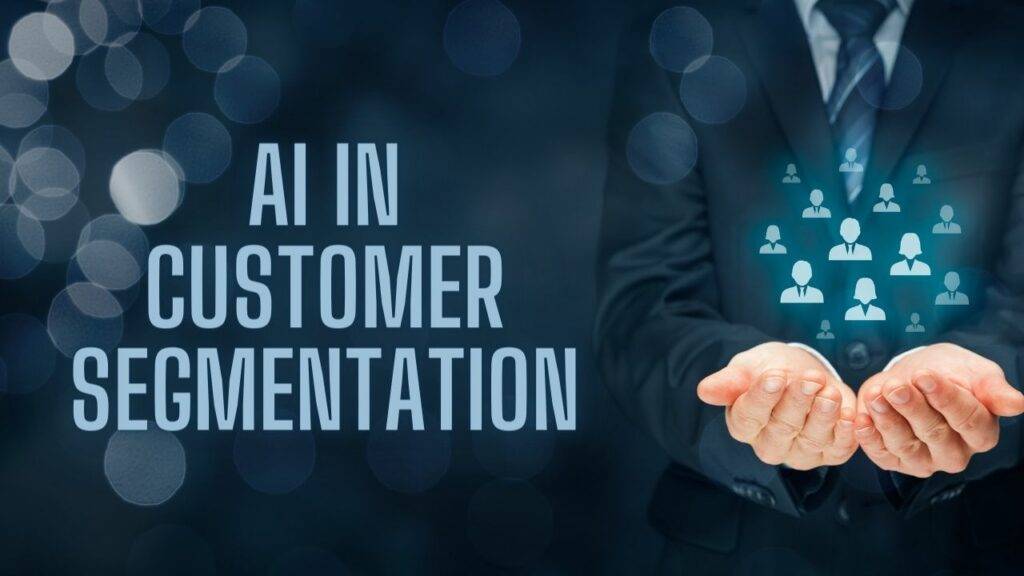
Implementing AI for Personalised Email Campaigns
In today’s quick-moving digital age, connecting with customers personally matters more than ever. AI lets businesses craft personalised email campaigns that connect with their audience. This blog will show how AI can change your email marketing. We’ll cover AI email personalisation, targeted campaigns, and customer segmentation.
Email marketing is a key tool for businesses to connect with customers. You need more than a catchy subject line to stand out in crowded inboxes. Enter AI email personalisation – a game-changer in the realm of digital marketing. Using AI, marketers can create emails that are relevant, timely, and engaging. This can boost open rates and conversions.
The importance of AI in personalising email campaigns cannot be overstated. AI can analyse large data sets. This helps marketers understand their audience better. They can then create messages that match individual preferences and behaviours. This not only enhances customer satisfaction but also fosters loyalty and long-term engagement.
Key Benefits
Enhanced Customer Engagement
A key benefit of AI in email personalisation is that it boosts customer engagement. AI can analyse data like purchase history, browsing habits, and demographics. This helps marketers create messages that are relevant to each recipient. This level of personalisation makes sure emails get opened and acted on. As a result, conversion rates go up.
For instance, consider a scenario where a customer frequently purchases skincare products. AI helps businesses send targeted campaigns about new skincare lines or exclusive discounts. This makes customers feel valued and understood. This personal experience builds a stronger emotional bond between the brand and the consumer.
AI can also optimise the design and tone of content, adjusting it based on user preferences. For example, a user who likes visuals may get emails with lots of images. On the other hand, a person who likes long articles may get more editorial emails.
Improved Customer Segmentation

Customer segmentation AI helps businesses split their audience into different groups. This is based on specific criteria. This segmentation is crucial for delivering targeted campaigns that resonate with each group. AI analyses customer data to find patterns and trends. This helps marketers create segments based on buying behaviour, preferences, and engagement levels.
This approach makes sure every customer gets relevant content. This boosts their chances of engaging and converting. A fashion retailer can use AI to group customers by their style. Next, it can send personalised emails. These emails will show products that match each group’s preferences.
AI goes beyond demographics. It can find psychographic patterns, like values, interests, and lifestyle traits. This helps create more detailed segments. These micro-segments can be used to craft hyper-targeted email flows, boosting campaign effectiveness.
Increased Efficiency and Cost Savings
Implementing AI in email campaigns enhances personalisation and streamlines the marketing process. AI can automate tasks like content creation, A/B testing, and performance analysis. This lets marketers save time. They can then focus on strategy and creative work. This efficiency saves money. It also helps businesses use resources better.
AI tools can optimise when and how often emails are sent. This helps make sure emails reach recipients at the best times. This lowers the chance of emails being marked as spam. It also boosts the campaign’s effectiveness.
AI cuts customer acquisition costs by enhancing the ROI of email campaigns. Better targeting and automation help marketers do more with less money. This way, they can maximize the impact of every email.
Real-Life Applications and Data-Backed Insights
The power of AI in email personalisation is evident in numerous real-life applications. Amazon and Netflix lead the way in using AI to customise their messages. These companies analyse customer data. This helps them recommend products and content that match individual preferences. As a result, they see higher engagement and sales.
Smaller businesses are also leveraging AI through platforms like Mailchimp, ActiveCampaign, and Klaviyo. These tools provide AI recommendations, optimize send times, and use predictive analytics. This helps businesses, big or small, compete with larger brands.
Data-backed insights also play a crucial role in AI email personalisation. AI can analyse performance metrics all the time. This helps find what works and what doesn’t. Marketers can then refine their strategies for better impact. This data-driven approach ensures that campaigns are continually optimised for success.
Additional Expert Tips & Common Mistakes to Avoid
Best Practices for AI Email Personalisation
- Leverage Data Wisely: The foundation of AI email personalisation lies in data. Collect and analyse key data points to better understand your audience. This includes demographic information, purchase history, and engagement metrics.
- Prioritise Great Content: AI can tailor emails, but they must also be interesting and valuable. Make sure your messages are strong. Use eye-catching visuals and clear calls to action.
- Test and Optimise: A/B testing helps you know what your audience likes. Test your emails with AI. Check subject lines, visuals, and content to find out what works best.
- Keep it Personal: AI can help with emails, but it’s important to stay human in your messages. Ensure your messages are warm, friendly, and aligned with your brand voice.
- Use Behavioural Triggers: Set up email flows based on triggers. Leverage AI insights for abandoned cart emails, post-purchase follow-ups, and re-engagement campaigns. These automated journeys increase relevance and drive more consistent results.
Common Mistakes and Misconceptions
- Over-Personalisation: While personalisation is key, overdoing it can have the opposite effect. Ensure that your messages are relevant but not intrusive. Balance personalisation with respect for customer privacy.
- Neglecting Data Privacy: Data privacy matters more than ever. So, ensure your data collection and use comply with rules like GDPR. Transparency and consent are essential for maintaining trust.
- Using AI Alone: AI is a strong tool, but it should support, not take over, human creativity and strategy. Ensure that your campaigns are guided by a clear vision and objectives.
- Ignoring Mobile Optimisation: Many users read emails on mobile devices. Personalised emails must be optimised for mobile screens to ensure readability and engagement.
Advanced Insights
Harnessing AI for Predictive Analytics
One of the advanced applications of AI in email personalisation is predictive analytics. AI can study past data to predict future behaviours and trends. This helps marketers know what customers want and prefer. This approach helps businesses beat the competition and provide personalised experiences.
An e-commerce platform can use predictive analytics to find customers who may leave. Then, the platform can send targeted campaigns to win them back, enhancing customer retention and maximising lifetime value.
Also, predictive models can recommend the next best product or service to promote. This boosts upsell and cross-sell chances. AI can also detect seasonality trends to better time promotional campaigns.
Integrating AI with Other Marketing Channels

To boost AI email personalisation, also link it with other marketing channels. An omnichannel experience helps businesses keep their messaging consistent across all touchpoints. This integration enhances brand recognition and strengthens customer relationships.
A business can use AI to personalise emails. It can also tailor social media ads, website content, and in-app messages. This approach ensures customers enjoy a smooth experience each time they interact.
Marketers can connect user journeys across campaigns and platforms by linking CRM systems to AI email tools. This unified strategy improves customer targeting, brand perception, and campaign results.
Conclusion: Implementing AI for Personalised Email Campaigns
In conclusion, using AI for personalised email campaigns brings many benefits. It boosts customer engagement, increases efficiency, and helps save costs. Using AI technology, businesses can make campaigns that connect with their audience. This helps boost conversions and leads to lasting success.
As you begin your AI email personalisation journey, remember these three key points:
- Use data-driven insights.
- Create quality content.
- Add a human touch.
Watch out for issues like over-personalisation and ignoring data privacy. Also, think about combining AI with other marketing channels. This creates a smoother experience.
The future of email marketing is here, and AI is at the forefront. Harness AI to change your email campaigns. Connect with your customers in new ways. What steps will you take today to harness the potential of AI in your marketing strategy?